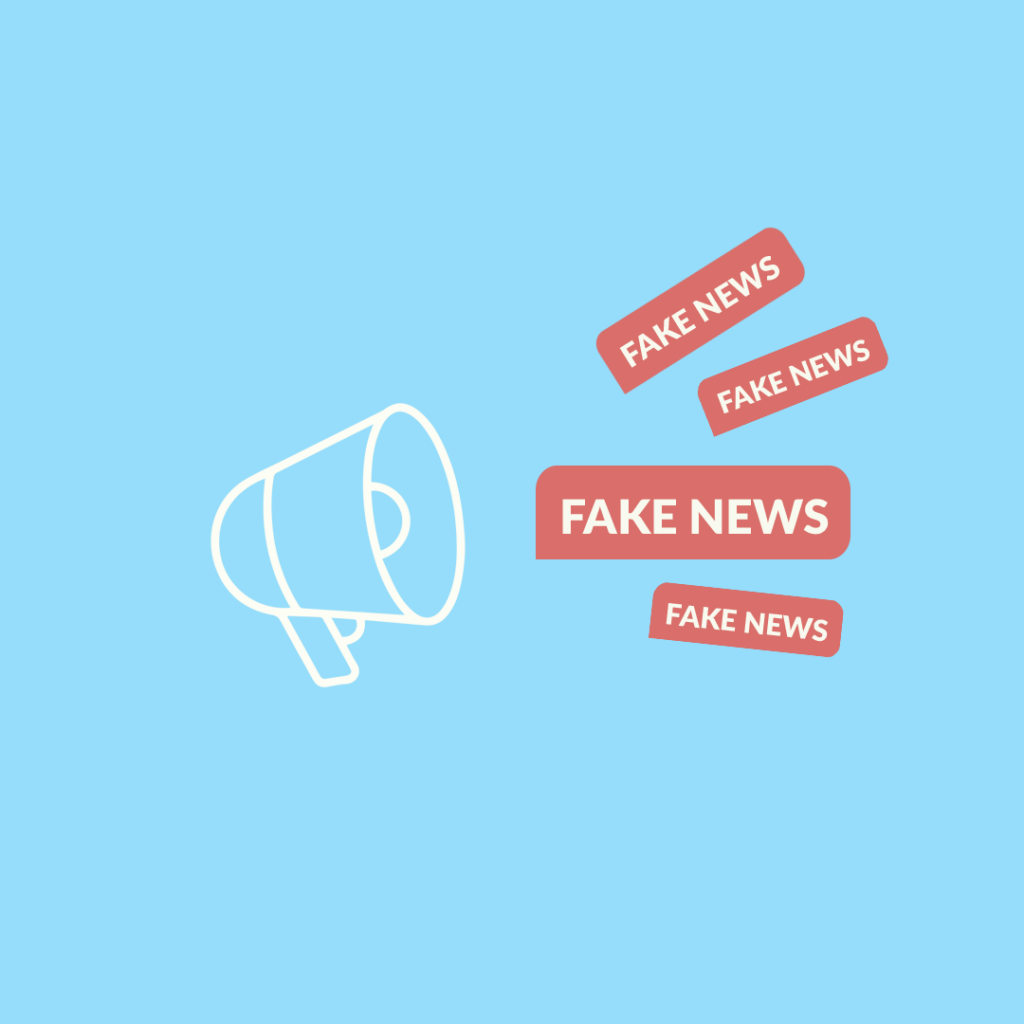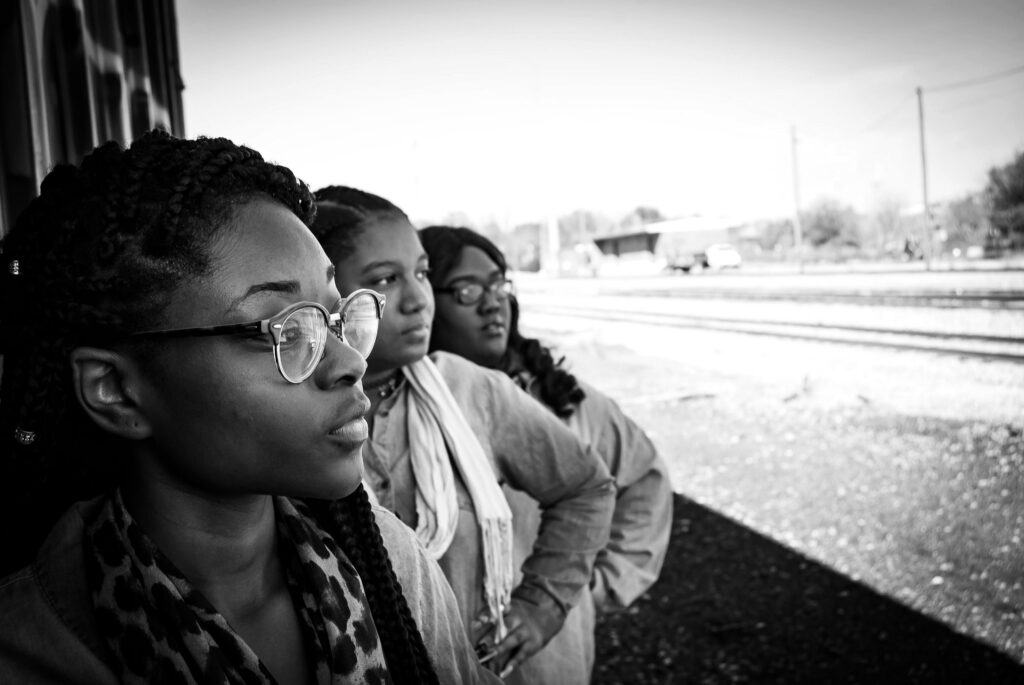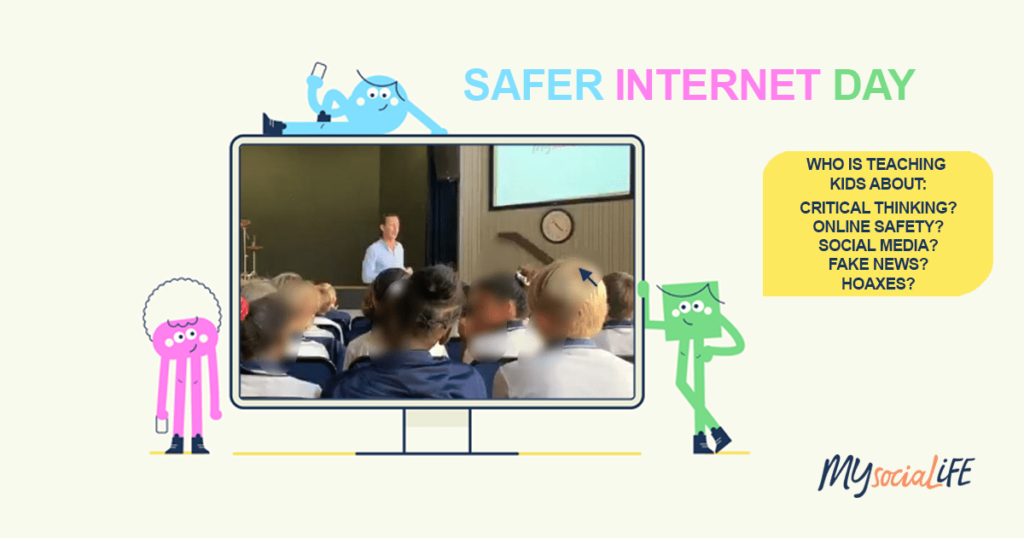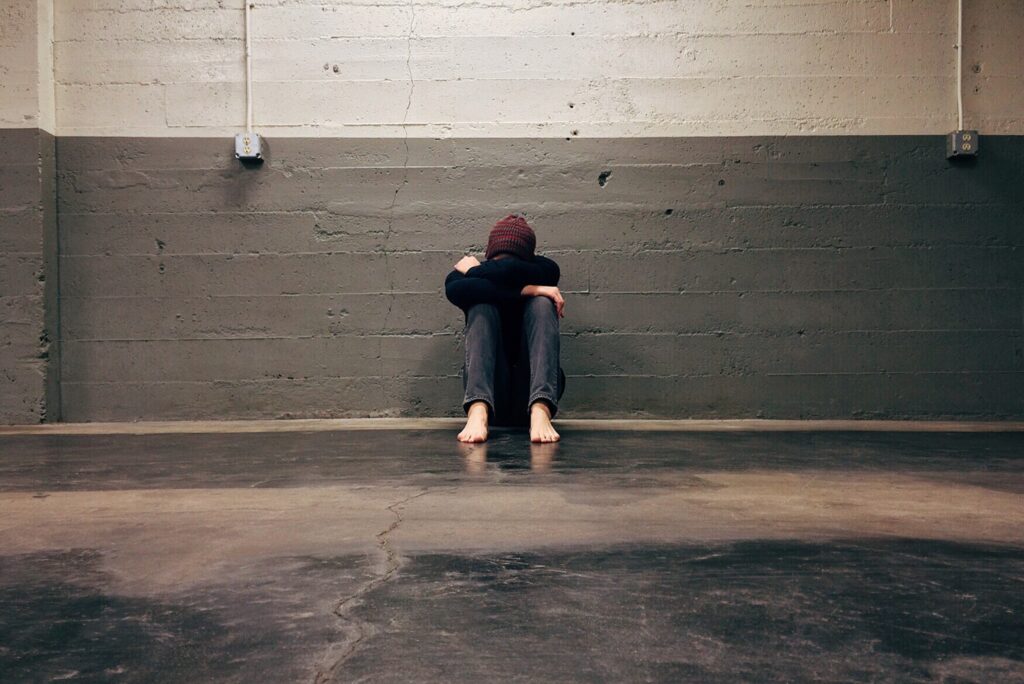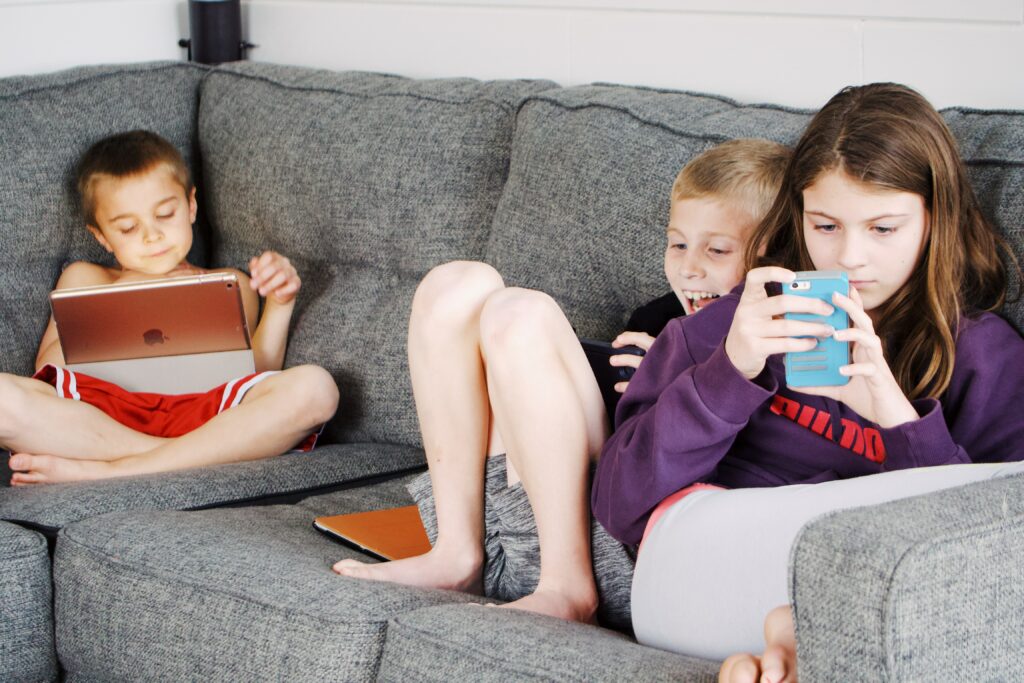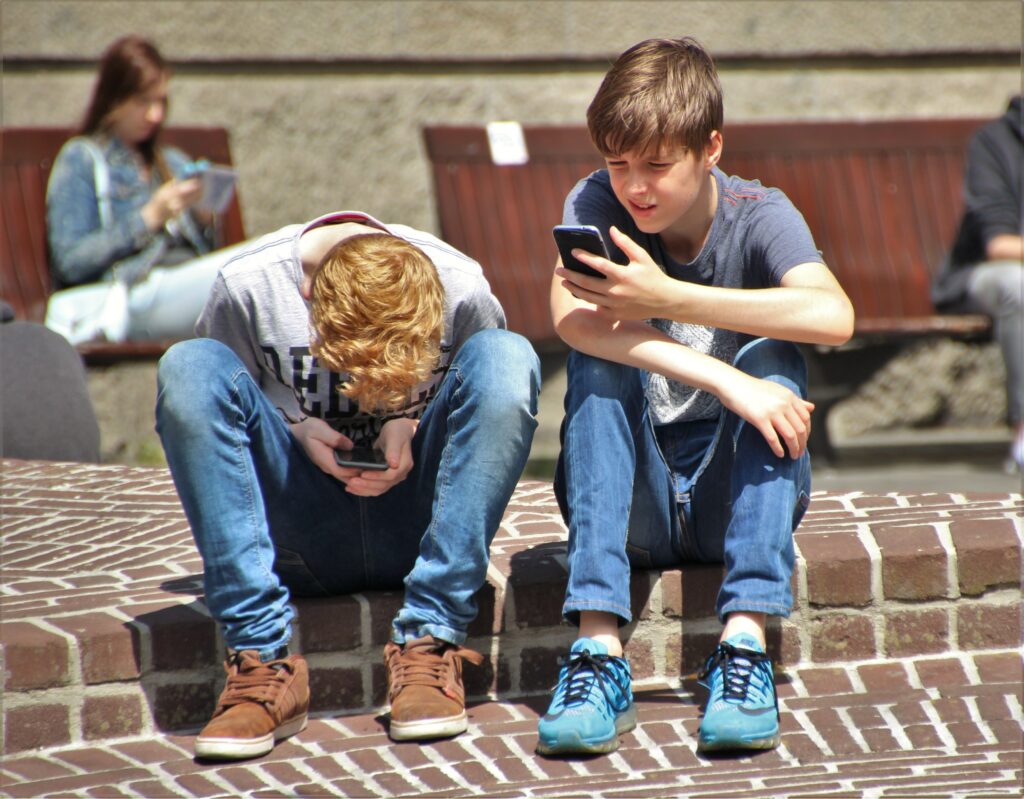What the Johnny Depp vs Amber Heard Trial Can Teach Us About Fake News and the Media
– Written by Havana Dauncey. Have your social media feeds been flooded with replays and parodies of the Johnny Depp vs Amber Heard trial for the last 2 months? Or has your newsfeed been overflowing with all the expert opinions and juicy insider details? Well, with it being the largest celebrity trial since OJ Simpson, […]
What the Johnny Depp vs Amber Heard Trial Can Teach Us About Fake News and the Media Read More »

